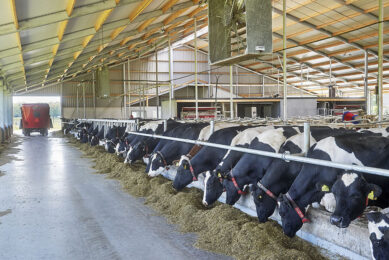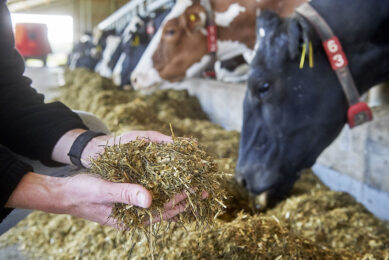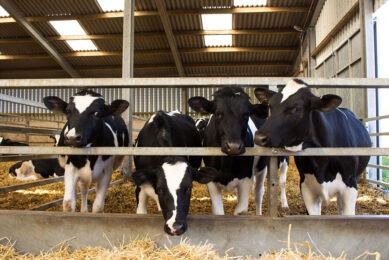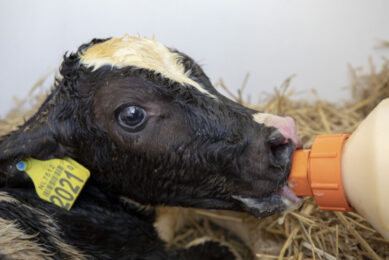Are your heifers growing fast enough?
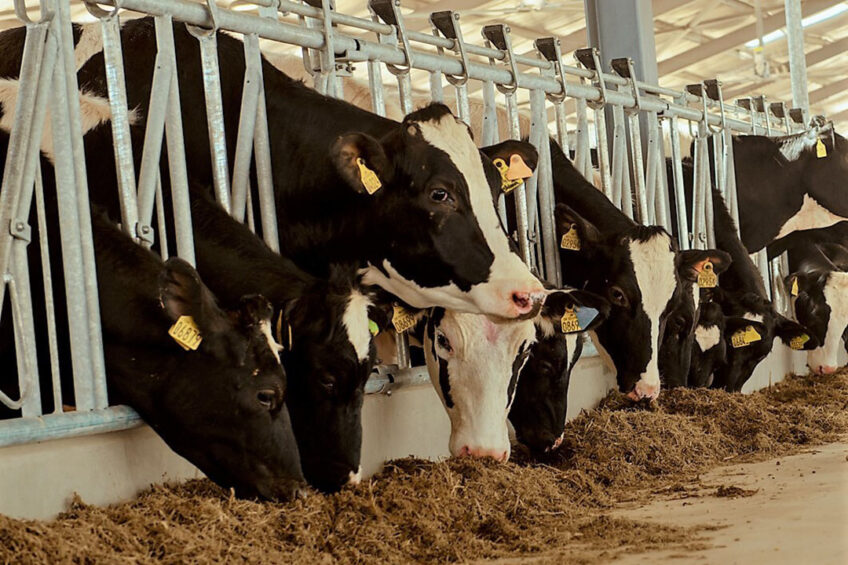
For most dairy farmers, it is important to run their farms with good profit, and we know that one of the cornerstones for good profitability of a dairy farm is to get as much milk production from each cow as possible. One of the major steps on that journey is how heifers are taken care of, and if they calf before they turn 2 years old, it is more likely they will have big lifetime production.
Big lifetime production does not come easy, and to reach that goal for the herd is quite a challenge.
We have seen far too often that heifers are not the focus area for the farmer; well, at least not until they give birth and turn into cows. This mistake is more common around the world than many probably realise. But we also know that if the upbringing of a heifer is incorrect, the probability that the heifer will turn into a highly productive and long-lasting cow is low.
I always say to farmers that as soon as the heifer is born, they should treat them like the money-making machines they can be in the future, and of course, especially during the first months of her life. Here, we sculpt the future cow of the farm.
Holstein’s full potential
A proper Holstein heifer with a normal genetic background has the DNA that can make her a high-producing cow. When she is born, her DNA is set for high production, but you might say that after that, our main task is to try to make sure she can get full usage of that potential. Small mistakes in the upbringing will be seen in the yield, so it is important to focus on the heifer and her well-being.
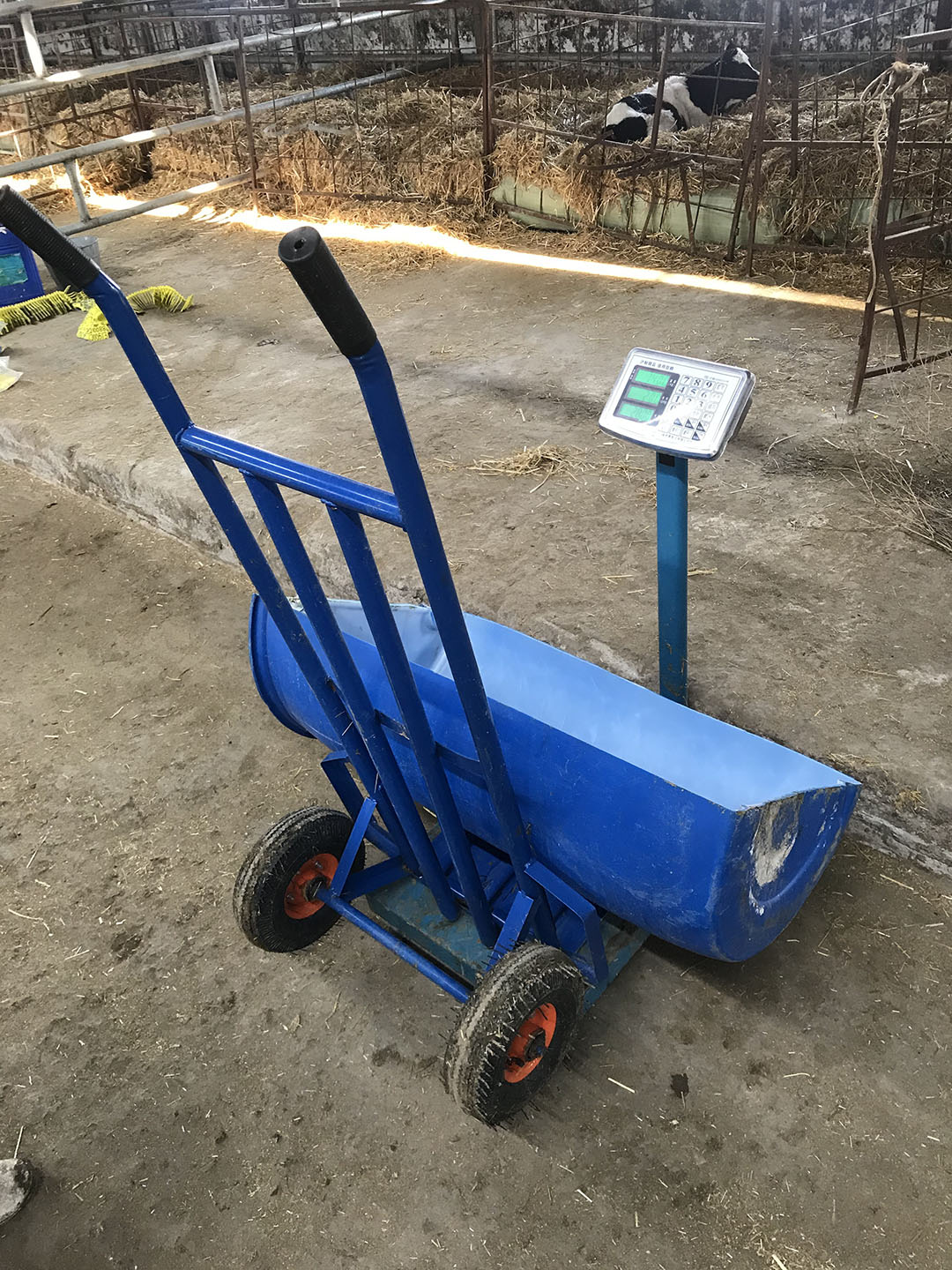
There are, of course, many ways to bring up heifers and many ways to monitor how the upbringing is really going. Farmers can have all kinds of KPIs to track how things are going, but for me, one KPI in particular gives a lot of information, and that is daily weight gain.
Cow daily weight gain
What the daily gain should be can be different from farm to farm and, of course, depends on the dairy breed, but for Holstein heifers, any daily gain under 850 grammes per day should give the farmer a reason to look at the management. The main thing here is that the farmer has a target daily growth and follows up on that. Without a doubt, any mishaps in the upbringing of the heifer will affect daily growth. Slow average growth right away points toward some management issues, such as a bad environment, illness, incorrect feeding, etc. Therefore, regular weighing will quickly reveal if something is off when it comes to heifer management.
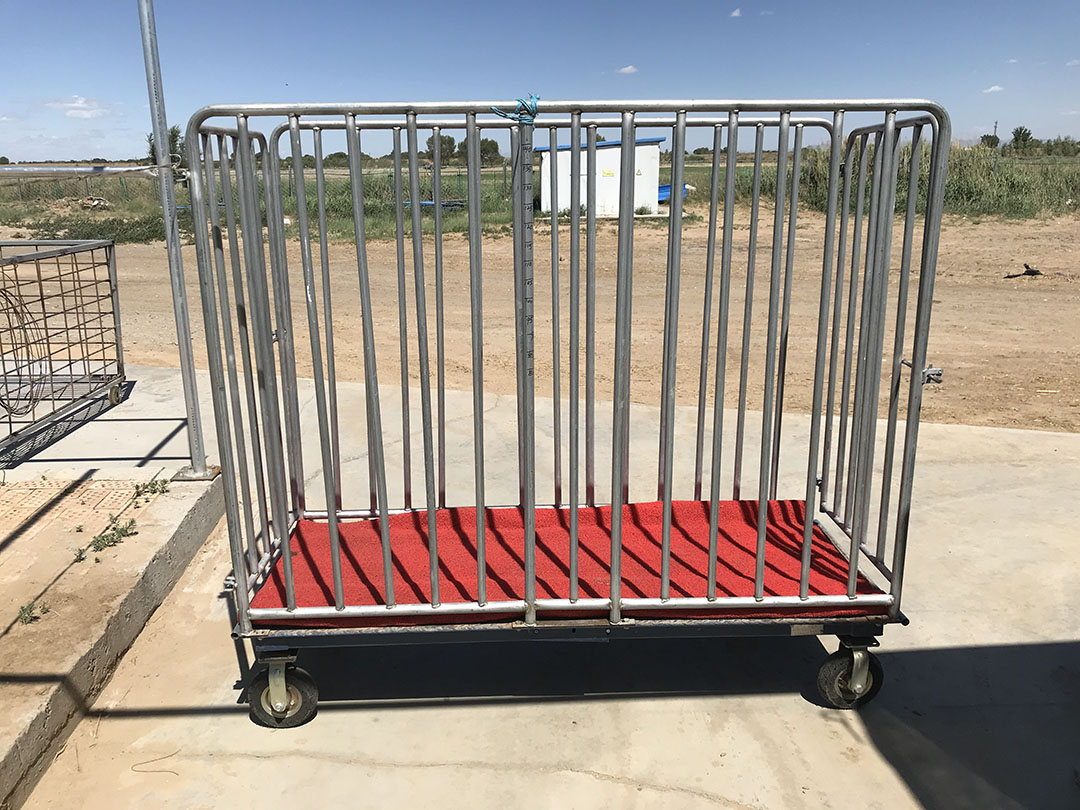
I am not suggesting that all heifers should be weighed all the time, but tracking the daily growth will give great insight. It is easiest to weigh the calves at birth, and there are several easy ways to do that; any simple industry scale can solve that task. Then I always recommend farmers weigh the heifer again at weaning when they are old enough and eat the right minimum amount of concentrate or TMR, of course. With these 2 measurements on hand, it is easy to calculate the daily growth in the first months of her life. This period marks the future for the cow – if she has really taken good and strong steps towards the future with proper growth, it is already at this point more likely she will become a good cow.
After weaning the calf
After weaning comes a delicate period where I see too often that growth slows down. This is most commonly due to incorrect weaning, whereby the milk has not been replaced properly with good concentrate or TMR. It is quite a task to weigh heifers after 4 months, especially if there are many, so I would not recommend that. But monitoring the height is an easy way to keep track of the growth here. This can be done by painting a stripe on the inventory so that when they are eating, it is easy to see how high they are. But if it is possible, of course, it would be best to weigh them and monitor growth until they are heavy enough to be inseminated in time to give birth before they turn 2 years old.
The main thing is possibly not the weighing itself but that the farmer focuses on the growth and properly monitors and measures it. How that is done is up to each farmer, but I can promise that everyone who does this will be on the path towards better results for the dairy farm.



